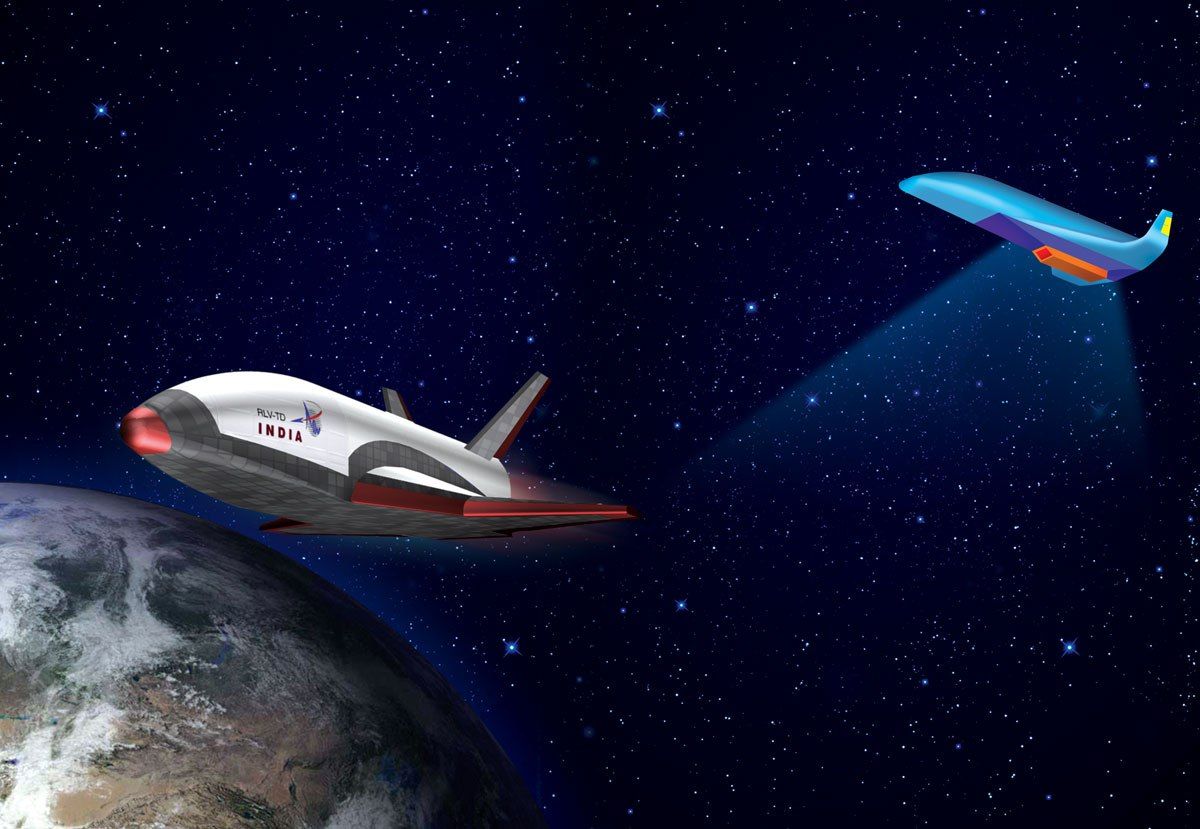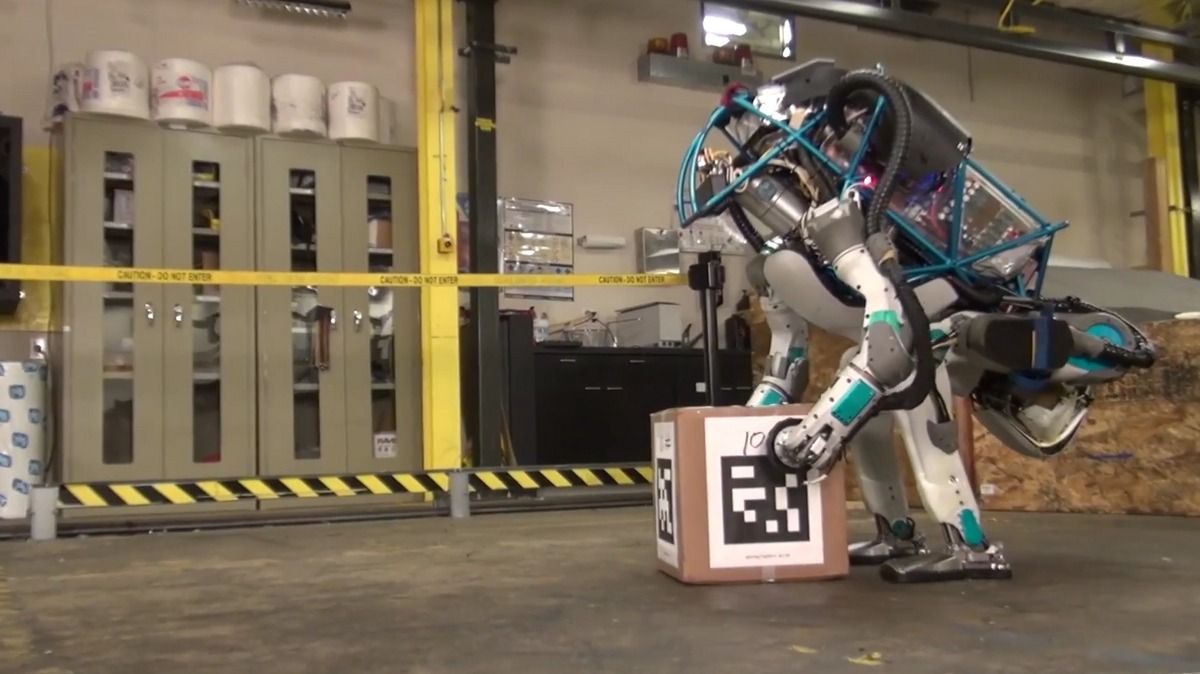Page 10634
Jun 1, 2016
“Two Worlds of Spacetime” –Physicists Voyage Into the Quantum Foam (Wednesday’s Most Popular)
Posted by Karen Hurst in category: quantum physics
“Astronomy has been a tool of discovery since the dawn of civilization. For thousands of years, humans used the stars to navigate and find their place in the universe,” said physicist Eic Perlman on the Florida Institute of Technolgy in an post on NASA’s Chandra X-Ray Observatory blog. “Astronomy made possible the travels of the ancient Polynesians across the Pacific Ocean as well as measurements of the Earth’s size and shape by the ancient Greeks. Today, astronomers search for hints about what the universe was like when the universe was much younger. So imagine, for a second, what life would be like – and how much less we would know about ourselves and the universe – if the microscopic nature of space-time made some of these measurements impossible.”
Our experience of space-time is that of a continuous object, without gaps or discontinuities, just as it is described by classical physics. For some quantum gravity models however, the texture of space-time is “granular” at tiny scales (below the so-called Planck scale, 10–33 cm), as if it were a variable mesh of solids and voids (or a complex foam). One of the great problems of physics today is to understand the passage from a continuous to a discrete description of spacetime: is there an abrupt change or is there gradual transition? Where does the change occur?
The separation between one world and the other creates problems for physicists: for example, how can we describe gravity — explained so well by classical physics — according to quantum mechanics? Quantum gravity is in fact a field of study in which no consolidated and shared theories exist as yet. There are, however, “scenarios”, which offer possible interpretations of quantum gravity subject to different constraints, and which await experimental confirmation or confutation.
Jun 1, 2016
Can A Brain-Machine Interface Help Train Your Mind?
Posted by Dan Faggella in categories: neuroscience, wearables
Walk into any workout facility and, odds are, you’ll see plenty of people working with a personal fitness trainer. It’s common practice to hire a trainer who can help improve your physical fitness, but is it possible to find a trainer for better mental fitness? Entrepreneur Ariel Garten founded her company, InteraXon, around this very idea. Bolstered by new advances in non-invasive brain-machine interfaces (BMIs) that can help people practice ways to reduce stress and improve cognitive abilities, Garten believes this is just the beginning of a lucrative industry.
Garten’s company manufactures a BMI called the Muse, an EEG sensor headband that monitors occipital and temporal brain waves. According to Ariel, the goal of the device is to help people understand their mental processes while at the same time learning to calm and quiet their mind at any time, with the same convenience of carrying around an iPhone.

Image credit: www.choosemuse.com
“We don’t measure stress (with the Muse). What we’re actually measuring is a state of stable, focused attention,” Garten said. “When you hone your mind into a state of stable focused attention, what you’re able to do is resist the thoughts that you have and the distractions that you have. That helps you improve your cognitive function and attention. And, it also helps you decrease your stress, anxiety and all of the downstream physiological responses of that stress.”
Continue reading “Can A Brain-Machine Interface Help Train Your Mind?” »
Jun 1, 2016
ISRO’s 1:22 Ratio to Crowd Space with Nano Satellites?
Posted by Karen Hurst in categories: Elon Musk, satellites
Maybe Elon Musk could work with Waste Management the Waste Company in the US to keep space clean and environmentally happy.
ISRO is all set for its prestigious launch of 22 satellites in a single shot in June, said ISRO Chairman, Kiran Kumar, without giving the details about the possible type of satellites, though expected to be mostly nanosatellites.
Tentatively slated in the second half of June, the PSLV-C34 mission in the PSLV-XL configuration, will launch the Cartosat 2C high-resolution Earth observation satellite and 21 smaller secondary payloads from international customers. Originally scheduled for May, it was postponed to June.
Continue reading “ISRO’s 1:22 Ratio to Crowd Space with Nano Satellites?” »
Jun 1, 2016
Google’s secretive Japanese robotics division is reportedly up for sale — here’s everything we know about it
Posted by Karen Hurst in category: robotics/AI
Anyone looking to build robots; Google has a deal for U!
Nikkei reported that Google’s Schaft, a Japanese robotics division acquired in 2013, is up for sale. Here’s a closer look at what Schaft has been working on.
Jun 1, 2016
Why Should We Ban Autonomous Weapons? To Survive
Posted by Karen Hurst in categories: ethics, law, robotics/AI
I reported on this 3 months ago; and glad to see others seeing the light.
While debate has focused on moral and legal issues of autonomous weapons, too little attention has been paid to the material dangers of an AI-powered war.
Jun 1, 2016
Toyota in talks to buy Waltham’s Boston Dynamics from Google’s parent, Alphabet
Posted by Karen Hurst in categories: robotics/AI, transportation
Both Toyota and Honda would make sense as buyers. Toyota’s TRI has been ramping up on AI technology and Honda has been working on AI such as as Asimo for over a decade.
The car company may acquire Alphabet’s Boston Dynamics, known for a spry robot called Cheetah, and Schaft, a company working on humanoid robots, Tokyo’s Nikkei reported Wednesday. The potential acquisition would allow Toyota to make serious strides in its robotics division, while Alphabet could unload elements of its own underperforming robotics unit.
Jun 1, 2016
DARPA Sees US Fighter Jets as First Thought-controlled Weapon
Posted by Karen Hurst in categories: biotech/medical, cyborgs, military, neuroscience
Imagine these fighter jets being equipped with the DARPA death laser that is being worked on. Very deadly mix.
The size of a matchstick, the stentrode can provide the “brain-machine interface” or BMI necessary for thought-controlled devices. Neural implants currently in use require invasive surgery.
Stentrodes can be attached to the brain using catheter angiography. This procedure passes the device through blood vessels in the neck and into the brain without cutting open the skull.
Continue reading “DARPA Sees US Fighter Jets as First Thought-controlled Weapon” »
Jun 1, 2016
Gamers in quest to answer quantum questions
Posted by Karen Hurst in category: quantum physics
Jun 1, 2016
Solid-state physics: Probing the geometry of energy bands
Posted by Karen Hurst in categories: computing, mobile phones, particle physics, quantum physics
Scientists at Ludwig-Maximilians-Universitaet (LMU) in Munich and the Max Planck Institute for Quantum Optics (MPQ) have devised a new interferometer to probe the geometry of band structures.
The geometry and topology of electronic states in solids play a central role in a wide range of modern condensed-matter systems, including graphene and topological insulators. However, experimentally accessing this information has proven to be challenging, especially when the bands are not well isolated from one another. As reported by Tracy Li et al. in last week’s issue of Science (Science, May 27, 2016, DOI: 10.1126/science.aad5812), an international team of researchers led by Professor Immanuel Bloch and Dr. Ulrich Schneider at LMU Munich and the Max Planck Institute of Quantum Optics has devised a straightforward method with which to probe band geometry using ultracold atoms in an optical lattice. Their method, which combines the controlled transport of atoms through the energy bands with atom interferometry, is an important step in the endeavor to investigate geometric and topological phenomena in synthetic band structures.
A wide array of fundamental issues in condensed-matter physics, such as why some materials are insulators while others are metals, can be understood simply by examining the energies of the material’s constituent electrons. Indeed, band theory, which describes these electron energies, was one of the earliest triumphs of quantum mechanics, and has driven many of the technological advances of our time, from the computer chips in our laptops to the liquid-crystal displays on our smartphones. We now know, however, that traditional band theory is incomplete.
















